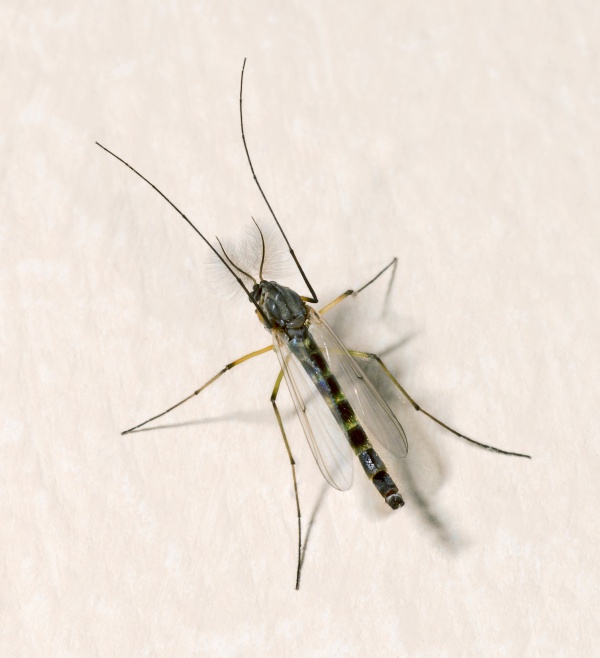Facts About Chironomus plumosus
The Chironomus plumosus, commonly known as the buzzer midge, is a species of nonbiting midge found throughout the Northern Hemisphere. These midges are typically pale green with brown legs and can grow up to 12 mm in length. An intriguing characteristic is that male buzzer midges have feathery antennae, whereas females have smooth ones. Additionally, they feature a distinct dark brown band at the end of each abdominal segment.
The larvae of these midges, often referred to as bloodworms due to their red coloration, can also appear in shades of brown and black. When the larvae are ready to pupate, they rise to the water's surface, making them easy targets for fish and other predators such as insects, amphibians, and birds.
During the spring and summer months, male buzzer midges congregate in swarms to mate, which can be a nuisance for people, even though these midges neither bite nor feed. After mating, females lay their eggs in water. These eggs eventually sink to the bottom, where the larvae hatch and live in silken tubes, feeding on organic matter like detritus and algae.
It's noteworthy that two sibling species, C. muratensis and C. nudiventris, are so similar in appearance to C. plumosus that they are indistinguishable based solely on morphology. Despite being a minor inconvenience during their mating swarms, buzzer midges play a crucial role in the ecosystem as an essential food source for various creatures.
